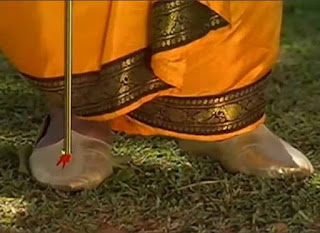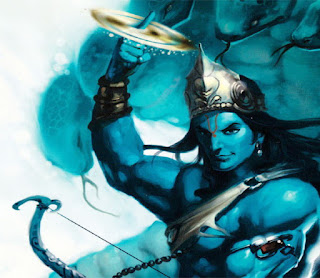Jaitley divided his budget proposal into 10 distinct themes:
Farmers; rural population,energizing,youth,poor and underprivileged; infrastructure; financial sector; digital economy; public service; prudent fiscal management; and tax administration but he brought some thing very unpredictable change in two themes that no one expected
1.Relief in INCOME TAX
2.Transparency in Political funding
Relief in INCOME TAX :-
Personal income tax: Rate reduced to 5% for income bracket of Rs 2.5 - 5 lakhs; All other categories to get uniform benefit of Rs 12,500 per person; to levy surcharge on income bracket Rs 50 lakhs - Rs 1 crore. To have simple one-page form for taxable income up to Rs 5 lakhs. Corporate tax rate: M.S.M.Es’ rate (annual turnover less than Rs 50 crore) reduced to 25%
Now the master stroke against black money
Now the master stroke against black money
Transparency in political funding:-
Maximum amount of cash donation that can be received is Rs2,000; political parties can receive donations by cheques or digitally; amendment proposed to RBI Act to issue electoral bonds; every party has to file returns within specified time. Limit of cash donation for charitable trusts cut to Rs2,000. Parties continue to receive anonymous donations; propose system of cleaning up.
After demonetization, data received will increase tax net Black money: No cash transactions above Rs3 lakh
CLOSING REMARKS:-
Like boss he said ''It is said when my goal is in sight, the winds favour me and I fly. There is no other day more appropriate than this'': FM Jaitley





























